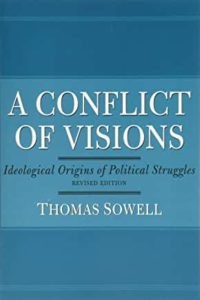

Main cases cited include Mithu v State of Punjab (Section 303 IPC was struck down as arbitrary), Mardia Chemicals, Malpe Vishwanath Acharya and the recent case of Subramanian Swamy pertaining to Section 6-A of the Delhi Special Police Establishment Act was struck down as discriminatory, but also answered the question of being arbitrary. They fleshed out the Royappa case, the Maneka Gandhi case, and the Ajay Hasia case to buttress the constitutional principle, and then distinguished the McDowell case by citing many instances where the Apex Court struck down laws on the ground of arbitrariness. Suffice to say that Justice Nariman advanced the famous dictum first discussed in EP Royappa judgement that “non-arbitrariness pervades Article 14 like a brooding omnipresence”. How this point can escape anyone who read the full judgement is beyond me. They spent nearly 50 pages discussing the points, (a) that arbitrariness was different from discrimination within the sweep of Article 14, and (b) that laws can be struck down, and have been struck down on the ground of arbitrariness alone. If they did, they would be squirming with embarrassment. I do not now whether Judges Nariman and Lalit would have read that piece.

It also said that all earlier instances when the Apex Court used the arbitrariness ground was only for striking down executive action. It said that the judgement is monumental for having struck down a law for the first time on the ground of arbitrariness. I was amazed to read the article by Alok Prasanna Kumar in ThePrint.

The article has been written in response to an article published on ThePrint titled ‘ SC judgement on triple talaq: What’s monumental about it and what’s not‘


 0 kommentar(er)
0 kommentar(er)
